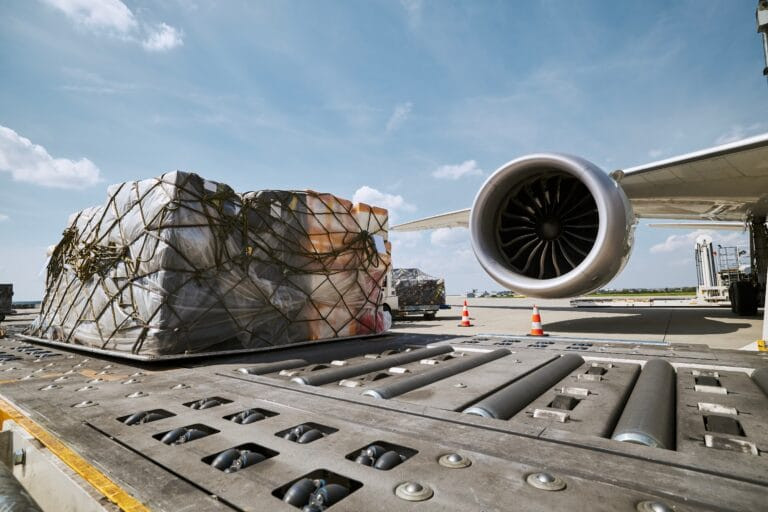- Global freighter fleet is projected to grow by 45 percent, reaching 3,420 aircraft by 2045.
-
This includes 815 current freighters and 2,605 additional units.
- Air cargo traffic is expected to grow at a 3.3% CAGR, outpacing global trade (2.7% CAGR), nearly doubling cargo volumes in 20 years.
Airbus’ 2025 Cargo Global Market Forecast (GMF) shows the worldwide fleet of dedicated freighter aircraft rising to 3,420 in the next 20 years, equivalent to a 45 percent increase. This will be made up of 815 existing freighters and 2,605 additional ones. Of these additional 2,605 freighters, 1,530 will be replacements and 1,075 will be for growth. The additional 2,605 will be split between 1,120 small aircraft, 855 mid-size widebodies, and 630 large widebodies. Overall of the 2,605 additional freighters, 1,670 will be conversions from passenger aircraft and 935 will be new-build freighters.
World Gross Domestic Product (GDP) and trade remain the main drivers of air cargo. With long term trade forecasted at 2.7% CAGR, Airbus forecasts that air cargo will develop at a rate of 3.3% annually over the next 20 years, effectively almost doubling cargo volumes over the next two decades. Airbus forecasts significant air cargo growth as it has proven to be essential – not just to support economies, but also to connect remote communities, transport essential and health-critical goods, and enable local business development in emerging countries.
After rapid cargo fleet growth during the pandemic, fuelled by an increase of passenger aircraft conversions into freighters and minimum retirement of previous generation freighters, Airbus forecasts that going forward, a large proportion of these older freighters will leave the fleet and be replaced by newer, more fuel efficient freighters such as the A350F or A320/A321 and A330 Passenger-to-Freighter (P2F) conversions.
Airbus also forecasts trade lanes, and therefore air cargo flows diversification, as more countries in the Asia-Pacific region become industrial centres. Likewise, GDP and demographic forecasts indicate that new countries such as Brazil, Indonesia or Vietnam will emerge as major consumer economies in the coming decades. This will initiate a gradual shift in air cargo geography and the global air freight map.
Of the total need for 2,605 freighter deliveries over the next 20 years, Asia-Pacific and North America will account for nearly two-thirds of demand, requiring 850 and 920 aircraft, respectively.




